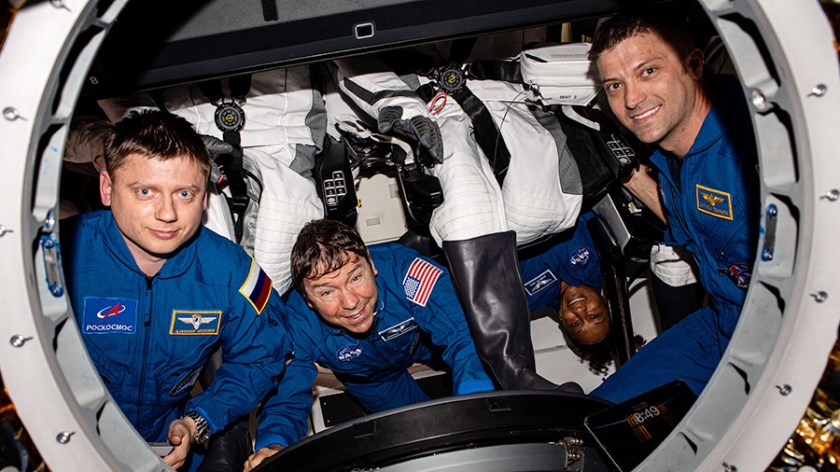
NASA, Boeing, and ULA (United Launch Alliance) officials discussed final prelaunch details to send two astronauts aboard Boeing’s Starliner spacecraft to the International Space Station as the first crewed flight for Starliner. The prelaunch news conference finished at NASA’s Kennedy Space Center in Florida.
“We are going to have a whole new adventure. This is very much a part of our exploration of space and what I call the ‘golden age of space exploration,’” said NASA Administrator Bill Nelson. “It’s a historical day. It’s a wonderful day.”
Officials provided updates to the countdown of the 10:34 p.m. EDT Monday, May 6, launch of NASA astronauts Butch Wilmore, commander, and Suni Williams, pilot, on the Starliner spacecraft as part of NASA’s Boeing Crew Flight Test mission. The crew is set to dock at the space station on Wednesday, May 8, for about a week-long stay before returning to Earth with a parachute and airbag-assisted landing in the southwestern United States.
“It’s exciting to bring Starliner and a United launch Alliance Atlas vehicle online,” said Steve Stich, manager, NASA’s Commercial Crew Program. “We have been striving for commercial crew to have two independent space transportation systems. That’s been our goal from commercial crew since its inception, and we’re very close to reaching that goal with the launch on Monday.”
Brian Cizek, launch weather officer with the 45th Weather Squadron, predicts a 95% chance of favorable weather conditions for launch, with the cumulus cloud rule being the primary weather concern.
“I couldn’t be more proud of this team. We’re at peak performance right now and we are really excited to execute this launch. We’re ready to go,” said Mark Nappi, vice president and program manager, Commercial Crew Program, Boeing.
At 3:30 p.m., NASA will host a social media briefing with the following participants:
- NASA Associate Administrator Jim Free
- Ian Kappes, deputy launch vehicle office manager, NASA’s Commercial Crew Program
- Amy Comeau Denker, Starliner associate chief engineer, Boeing
- Caleb Weiss, system engineering and test leader, ULA
- Jennifer Buchli, chief scientist, NASA’s International Space Station Program
NASA will provide coverage of the social media briefing on Kennedy’s Facebook, X, and YouTube accounts.
On Saturday, May 4, the ULA Atlas V rocket and Starliner spacecraft will roll out to the pad at Space Launch Complex-41 at Cape Canaveral Space Force Station. Launch is scheduled for 10:34 p.m. Monday, May 6.
Here is a list of other upcoming events leading up to the mission.
Learn more about NASA’s Boeing Crew Flight Test by following the mission blog, the commercial crew blog, @commercial_crew on X, and commercial crew on Facebook.








